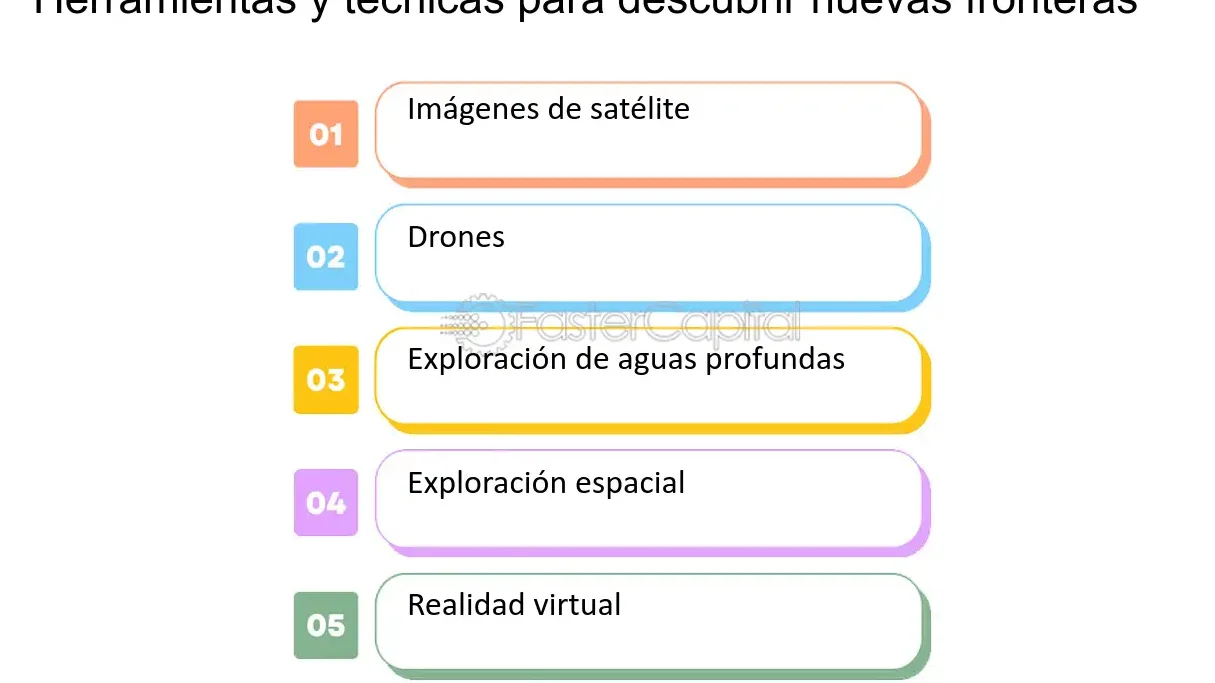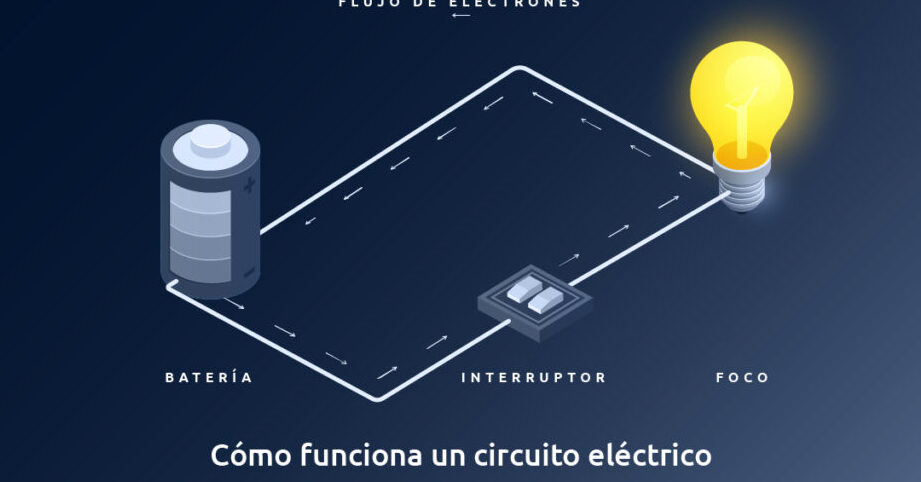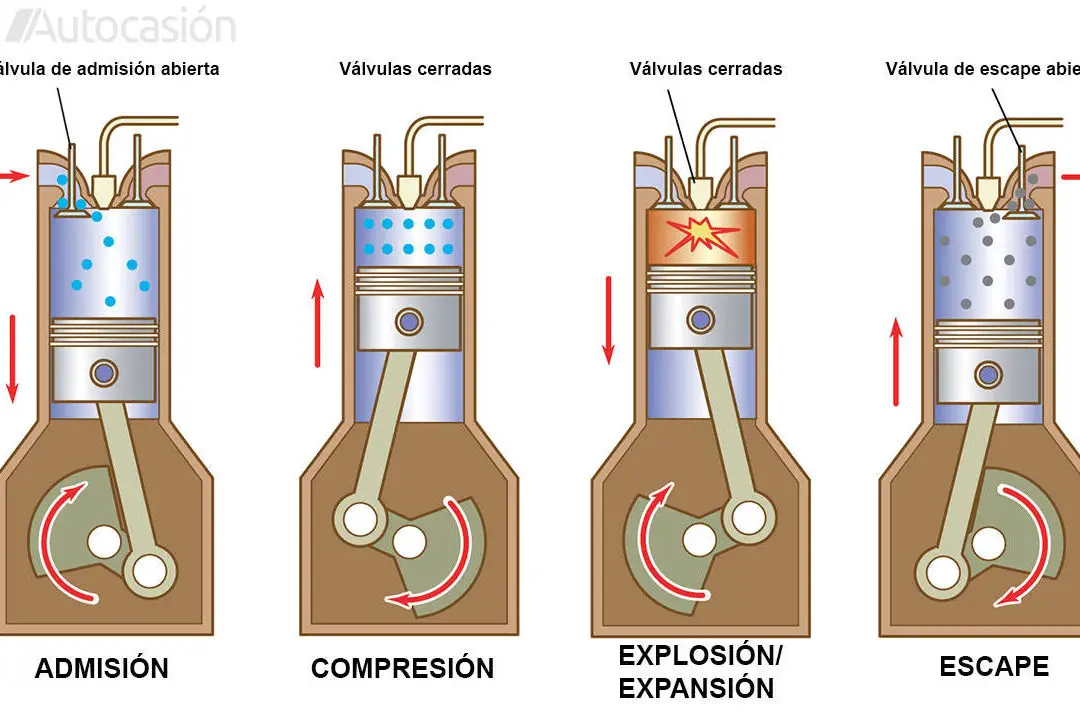The Complete Guide to Programmable Programmed Logic: PLD, FPGA, HDL and CPLD
Welcome to Polaridades, the blog where we explore the extremes of each theme. On this occasion, we will enter a fascinating world of digital electronics: programmable programmed logic. If you have ever wondered what PLD, FPGA, HDL and CPLD are, you are in the right place. In this complete guide, we will reveal the secrets behind these acronyms and take you into a universe of infinite possibilities. Get ready to immerse yourself in the exciting world of chip programming and discover how these technologies are revolutionizing the industry. Ready to delve into the future of electronics? Keep reading!
Everything you need to know about PLDs: Operation and characteristics
PLDs (Programmable Logic Devices) are programmable electronic devices used in industry to implement logic circuits and digital systems. In this article, we will explain everything you need to know about PLDs, including how they work and main characteristics.
How do PLDs work?
PLDs are composed of an array of programmable logic gates and a programmable memory. The logic gate array is made up of a series of logic blocks interconnected with each other. These blocks can be programmed to perform different logical functions, such as AND, OR, NOT, among others.
Programmable memory, on the other hand, stores the configuration of the logic gates and defines the behavior of the PLD. This configuration is done by using a hardware description language (HDL) or by using specific design tools.
Once the configuration has been loaded into the PLD, it can operate autonomously, processing the input signals and generating the corresponding outputs according to the programmed logic.
Main characteristics of PLDs
1. Programmability: One of the main characteristics of PLDs is their ability to be programmed and reprogrammed. This means that the logical functions they perform can be modified, which is especially useful in the development and prototyping of digital systems.
2. Flexibility: PLDs offer great flexibility, allowing a wide variety of logic circuits to be implemented in a single device. This makes them ideal for applications where a high degree of customization is required.
3. Operating speed: PLDs are capable of operating at high speeds, making them suitable for applications that require fast signal processing, such as in communications systems or real-time control systems.
4. Integration and reduced size: PLDs are highly integrated devices, meaning they can contain a large number of logic gates on a single chip. This allows circuit size and complexity to be reduced, which is especially useful in applications where space is limited.
5. Cost: Compared to other programmable devices, PLDs are typically cheaper.
The classification of PLDs: a complete guide to understand how they work
Natural Language Processors (NLPs) are computer systems designed to interact and understand human language in a way similar to how a person would. These systems are used in a wide variety of applications, from virtual assistants and chatbots to search engines and machine translation systems.
To understand how PLDs work, it is important to know their classification. Below we present a complete guide to understanding this classification:
1. Rule-based PLD: These systems use a set of predefined rules to analyze and process natural language. Rules are created manually and are used to identify patterns and structures in text. Although this approach can be effective in specific situations, such as extracting information from structured documents, it has limitations in its ability to understand human language more broadly and flexibly.
2. PLD based on statistics: These systems use machine learning algorithms to analyze large amounts of linguistic data and generate statistical models. These models are used to predict the probability that a given sequence of words is correct in a given context. This approach is widely used in natural language processing applications such as search engines and machine translation systems.
3. PLD based on neural networks: These systems use artificial neural networks to simulate the functioning of the human brain and process natural language. These networks are made up of layers of interconnected nodes, which are trained with large amounts of linguistic data to learn to recognize patterns and structures in text. This approach has proven to be very effective in tasks such as speech recognition and text generation.
In addition to this classification, there are other techniques and approaches used in natural language processing, such as semantic processing, pragmatic processing, and discourse processing. These approaches focus on more advanced aspects of human language, such as understanding intentions, emotions, and context.
The meaning and operation of the acronym CPLD
CPLD are the acronyms of Complex Programmable Logic Device, which in Spanish translates as Complex Programmable Logic Device. It is a type of integrated circuit used to implement complex digital logic and control functions in electronic systems.
A CPLD is made up of an array of programmable logic blocks, known as LUTs (Look-Up Tables), and an interconnection network. Programmable logic blocks are configurable using a hardware description language, such as VHDL or Verilog, allowing the designer to specify the desired logic function.
The programmable logic block matrix is the heart of the CPLD and is made up of a series of LUTs, registers and multiplexers. Each programmable logic block can perform various logical operations, such as AND, OR, XOR, among others. In addition, registers allow values to be stored and multiplexers are used to select input and output signals.
The interconnection network is responsible for connecting the programmable logic blocks together, as well as establishing connections with the input and output pins of the CPLD. This network allows configuration of signal paths, providing flexibility and adaptability to the design.
Operation of a CPLD
The operation of a CPLD is based on the programming of the matrix of programmable logic blocks. First, the designer specifies the desired logical function using a hardware description language. The design is then synthesized, that is, translated into a logical representation that can be understood by the CPLD.
Once the design has been synthesized, it is loaded into the CPLD through a programming process. There are different programming methods, such as circuit programming (In-System Programming) or out-of-loop programming (Off-Board Programming). In both cases, a configuration file containing the design description is used.
Once programmed, the CPLD is responsible for carrying out the logical operations specified in the design. The inputs and outputs of the CPLD are connected to the pins of the device, allowing communication with other components of the electronic system.
We have come to the end of this crazy adventure of programmable programmed logic! I hope you're not stuck in an endless loop of confusion, because I'm here to untangle you.
After having navigated the sea of acronyms and concepts, you are now an expert in PLD, FPGA, HDL and CPLD. Now you can show off your new technological vocabulary at family dinners!
Remember that programmable logic is like a giant sudoku game where you are the master of the universe. So if you ever feel bored, you can always program your own party on an FPGA. There are no limits to geek fun!
Now that you master this topic, you will be able to understand how the electronic devices around us work and, who knows, maybe you can even invent something revolutionary. The world is waiting for your brilliant ideas!
So go ahead and continue exploring the fascinating world of programmable programmed logic. And remember, if you ever face a problem, just think like a circuit and you will find the solution. Until next time, logic lover!





Post Comment